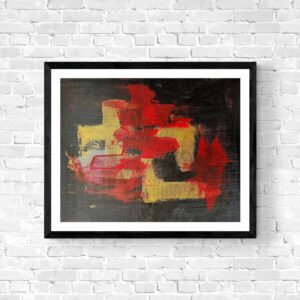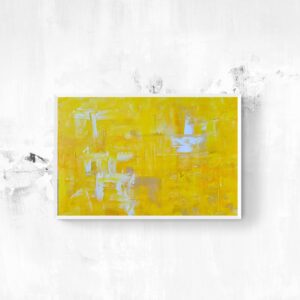
A few weeks ago, when I heard that the gun used to kill Emmett Till was being acquired by the Museum of Mississippi History and the Mississippi Civil Rights Museum, I found myself wrestling with heavy thoughts and emotions.
Seventy years have passed since J.W. Milam and Roy Bryant, the murderers of 14-year-old Emmett Till, walked free and later bragged about it in Look magazine. Mamie Till-Mobley had to fight to bring her son’s body back to Chicago. When she saw the vicious mutilation they inflicted on him, she wanted everyone to witness it. Photos of Emmett Till’s body circulated through the Black press and galvanized a generation, mobilizing Black Americans and launching the Civil Rights Movement.
My mind raced through this history as I kept going back to that gun. Yes, visibility provoked social action. But Till’s mother largely established the terms of visibility. Emmett Till’s image operated within Black networks, among people with a shared vulnerability to white violence. As a mother and activist, she understood that witnessing can be a powerful tool, and that it can be shaped through frameworks.
Then I flashed forward to 2012. After gunning down 17-year-old Trayvon Martin and being acquitted by the courts nonetheless, George Zimmerman sold the weapon for $250,000. Yes, while Black Americans and others mourned, marched, and organized, Zimmerman continued to work within the frame of whiteness. He profited from killing Trayvon Martin. A new generation declared “Black Lives Matter” and created a growing social movement. For years, demonstrators challenged the injustices of the Trayvon Martin case and the many other deaths of Black people at the hands of the state or the state’s self-appointed deputies. Even so, the lynchings continued, and still do.
Here we are now in 2025, living under escalated racism and intense attacks on cultural and educational institutions by the Trump administration. In these dangerous times, I believe it is essential to interrogate how cultural work intersects with and creates our social and political spheres. As a researcher and curator devoted to questioning claims of neutrality of hegemonic institutions, I wonder about the “museumification” of the gun used to kill Emmett Till, and the museum’s statement that its display will help tell “the whole story.” Wheeler Parker, one of Till’s cousins, is quoted in the museum statement as saying that the display will bring “closure.” In our era, when lynchings remain regular tools of social control and numerous politicians routinely assault the triumphs of the Civil Rights Movement, we must be careful about our desires for objects to represent such reckonings. We remain in a state of siege.
Below is a list of questions I have been working through as I navigate these difficult issues. Curators, educators, patrons, collectors, administrators, and students may find these queries helpful for developing and committing to their own pathways to ethical practice.
What does that gun mean?
What does it mean for a person to possess it? For an institution to possess it?
Does its inclusion in the museum shape how we understand what happened? If so, how? If not, why not?
How does exhibition practice relate to anti-Blackness? To social justice?
What exhibition value does that gun have, as an object?
How does the value of exhibiting the gun itself contrast with the value of presenting a written description or visual representation of it, such as a photograph or illustration?
How does the gun relate to other collectible racist material culture, such as blackface “decorations” or Klan robes?
How does the gun relate to the evidence discourse, or value system, prevalent in history museums?
Do you need to see that gun? Do you need to experience that gun? Why, or why not?
Who needs to see or experience that gun? Why do you believe that?
Who is subjected to what that gun represents?
Are all the other forms of lynching weapons — guns, ropes, knives, kerosene cans — necessary objects for display when mentioning other individuals who were lynched? Why, or why not?
Does exhibiting that gun give that particular gun more power than other guns that are still being used to kill us? Why, or why not?
How does the gun shape our attention? Does it encourage us to concentrate on the violence of the lynching? On the murderers? On how the ideology of white supremacy is destructive? Does it distract our attention away from the murderers? Away from the destructiveness of the ideology of white supremacy?
Should the gun be destroyed?
Under what terms might the museum consider destroying the gun?
What would it mean to destroy the tools of lynching?
Does the act of destroying the tools of anti-Blackness have exhibition value? How so, or why not?
How might one interpret the gun as a fetish object? What are the ramifications of interpreting it as a fetish object? What are the ramifications of not interpreting it as a fetish object?
Can the gun operate as a memorial? If so, how? If not, why not?
How does the museum environment shape, promote, or inhibit interpretation of that gun?
How does the museum environment shape, promote, or inhibit the possibility of shared vulnerability?
How do, or how can, exhibitions operate as ethical forces? As unethical forces?
Again: What does that gun mean?





